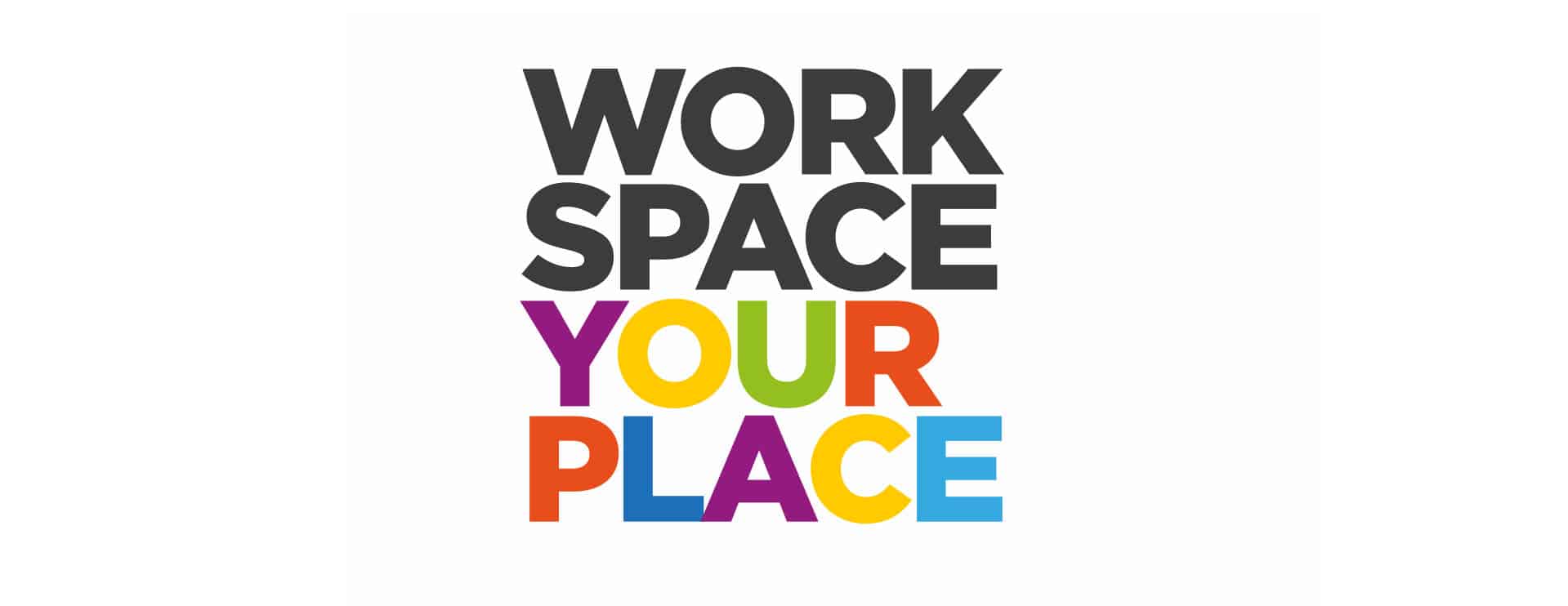IGEL Blog

A Pro Organizer’s Favorite Ways to Manage Tasks
Whether or not you launch your day with caffeine to jump start your endless list of to-dos, you are going to love my favorite ideas to manage your tasks. In over 21 years of professional organizing, I’ve learned what works – and what doesn’t – in the quest to tame the to do list….
To get going each morning, my husband Trevor requires stiff coffee – or as he calls it: “the elixir of LIFE.” Around here, we call his coffee “Personality Improvement” or “P.I.” because he’s happier and more productive when his veins course with coffee.
My morning liftoff isn’t complete without a cup – okay, a HUGE mug – of my favorite fancy tea from France. I admit: I’m a tea snob and I like to launch in fancy Frenchy style.
However you like to start your day, I think we can all relate to a morning ritual that helps us face the order-of-business for the day.
While tackling To Dos may not be the most glamorous part of organizing, it is definitely the bedrock of a productive day.
Let’s explore tackling tasks by starting with the to-do FAILS I’ve observed in years of professional organizing…..
What Not to Do
There are some common mistakes people make when they are trying to keep up with the constant onslaught of task management. Let’s review what to avoid when you are capturing your to-do:
1. Don’t use sticky notes.

If you are in the habit of jotting down key tasks on sticky notes, just STOP. Quit doing that! This bad habit results in “traveling to dos” where in your all-important reminders to get stuff done unwittingly travel into the trash, or another room or briefcase, with the paper it was stuck to. Or, they lose their stickiness and fall to the floor, only to be trampled and forgotten. Using these kinds of notes for tasks also creates clutter because they are affixed to computers, desks, fridges, and other lists. They create visual “noise” instead of empowering action.
2. Don’t use file folders. For the love of all that is good, STOP using file folders for quickie hot action items. That is a fast way to bury them forever. Instead, just add the item to your to-do list. If there is correlating paperwork that goes with your action item, just leave it next to your computer until you knock if off your list, and then recycle or file that paperwork. If you stuff your to-dos into file folders, say sayonara to them – they’ll be out of sight, out of mind.
3. Don’t use bulletin boards.
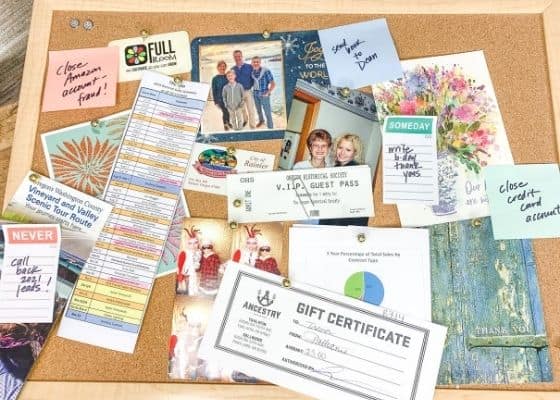
You are (probably) not an archaeologist, so quit creating vertical dig sites! Bulletin boards layered with your to-do reminders quickly become archeological wall piles. With every task you add (along with your favorite pictures and memorabilia), you are creating more visual clutter on an upright “surface”. Instead, assign bulletin boards the purpose of displaying your favorite photos of family and friends or the purpose of inspirational quotes, cards, etc. In my experience in organizing, “purposing” a bulletin board allow you to keep it clear, useful, and attractive.
Now that you know what to avoid in your task management efforts, let’s start with the bedrock of all productivity: creating an action list that works for you….
Dial in Your to Do List
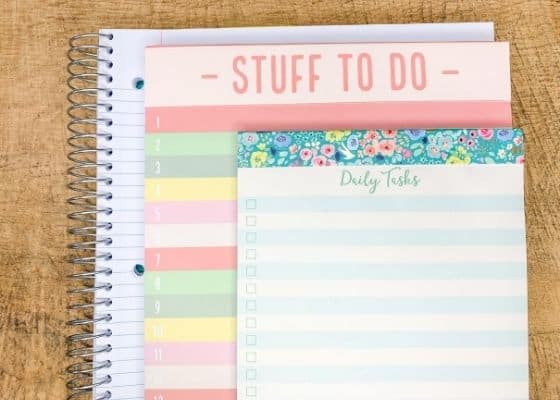
Lists help us get stuff done
Lists provide a way to “brain dump.” There’s all kinds of lists we can make: grocery, packing, ideas, project details, and more.
The one all-important list that is largely responsible for our productivity is the TO DO list – the storehouse of everything we need to tackle. Take the time to dial in your to-do list to really work for you.
Most people use some combination of paper and electronic lists.
As a professional organizer, I have experimented with all kinds of lists– both in hard and soft edition. Even when I use an electronic to-do list or app, I also find I need a paper edition for especially hot items. No matter what electronic system I’ve used, I always come back to the paper list because it’s right in front of me.
If electronic list-making works for you – awesome; I think you should use what makes sense to you. My only caution is to ensure your tasks don’t get buried out of sight and thus forgotten.
Here are 3 ideas for to-do lists:
Master list notepad – Create a master list of everything you need to do, both short and long-term. This will serve as the primary clearinghouse for all tasks; the one place you will add new items and cross off completed items.
I use a master list because I don’t want to have to consult several lists for different kinds of tasks; I’ve tried that, and I start forgetting whole lists! I use a marking to indicate really hot items and I use gel highlighters to indicate the completed items.
Here’s some finer points of a successful master list:
- Re-write it occasionally once most items are crossed-off. This always gives you a fresh start and new momentum.
- Use a notepad that is bound on the side, not bound on the top. Flipping pages off to the side allows for new pages to be easily made, even if you are keeping your current list. In contrast, the top bound notepads leaves lots of extra pages bulging out the top and having to be weighted down.
- Try a tabbed notepad if you like different categories of to-do lists.
Use color to your advantage
Since I hand-write my to-do items, this also serves as a kinesthetic reminder.
Here’s an old-fashioned tasking tip I love: use a multi-color “clicker pen” to use color to categorize your master list by type. You could use different colors for different kinds of to-dos:
- Blue: personal tasks
- Black: work tasks
- Green: family tasks
- Red: hot items
Daily tear-off to do sheets – I’ve recently started creating a daily punch-list of to-dos from my master to do list. I simply harvest the hottest items and add them to this list. I have found that I get a lot more thins done each day since I have started this habit. (Since I know that endorphins are released whenever we cross things off our list, I also add items that weren’t on my list, just so I can cross them off!). It feels great to recycle a whole sheet of completed daily to-dos each day!
Custom-created list – Another great solution for your to-do list is to create your own custom version! Just go through your current list(s) and note what types of tasks you commonly add. Then, on your customized document, create categories, or boxes, or color-coded sections to your liking. You can print out copies of this list whenever you need a new one. I love that this method allows total personalization and unlimited tweaking for improvement. Some of my clients have done this, and then had this personalized list bound as a notepad. Brilliant!
Calendarize Tasks
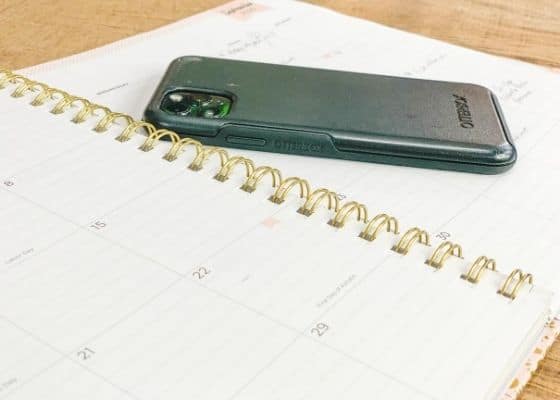
A To Do list is only as good as your discipline to take action!
Add Tasks to Planner
Whether you use a device or a paper planner, calendarizing TASKS (as well as events and commitments) is a smart way to ensure you get your to-dos done!
To ACTIVATE your tasks, dedicate time to them on the calendar. Get your to-dos out of your head, off a list, and onto a DATE in your calendar. This act creates time-sensitivity and skyrockets your chance of completing the task.
Another alternative is to add certain kinds of tasks to a visual calendar, like a paper calendar or white board. If you use a visual calendar for tasks, ensure that those tasks stand out from events and other calendar items. You could color code tasks to set them apart, or just dedicate the entire wall calendar to activating tasks.
Use a Weekly White Board – A Sunday-Saturday white board can help you activate the key to-dos for that week. Here are some ways you could use a weekly task system:
- Upcoming work tasks needing completion that week
- Recurrent household tasks, like weekly grocery shopping, laundry, and yard tasks
- A single type of to-dos for that week, like your child’s expected tasks/chores
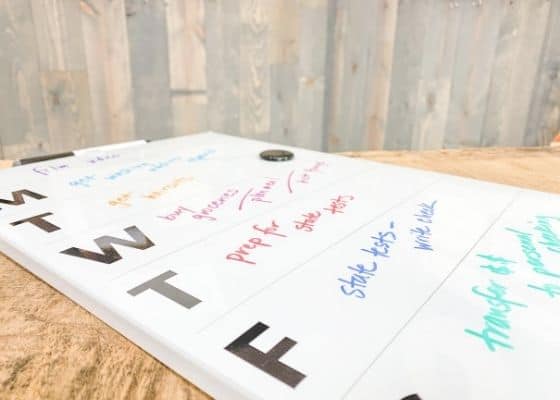
Employ a Monthly White Board – While month-in-view calendars, are used mostly for planning, appointments, and events, you can use a monthly white board calendar to activate your tasks as well. I’m a context person, so my favorite calendar view is to see the entire month. This allows me to assign space to easy and harder tasks
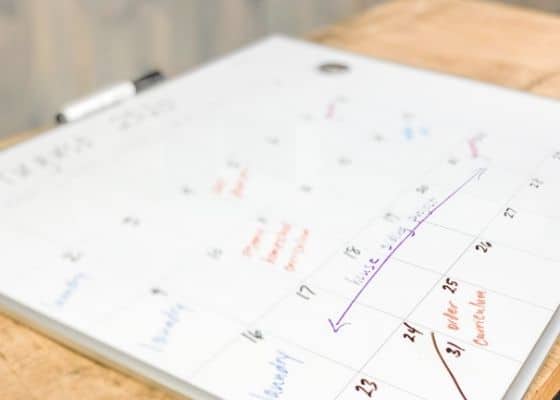
Automate Recurrent Tasks
One of my favorite things to do for my workplace clients is to learn about their job description and find out what they do on a recurring basis. I get out my figurative magnifying glass and go into detective mode!
One’s recurring tasks are the to-do items they need to perform over-and-over.
When we find ways to automate those tasks, we simplify life.
Automating recurrent tasks could be as simple as setting recurring reminders, if that works for you. Personally, I get annoyed by task and event reminders and constantly dismiss them. (This illustrates how organizing systems should be customized to each user.)
Another way you can systematize recurrent to-dos is to create checklists for frequently performed tasks. These are best created electronically. I like printing them out for use because I’m so visual and kinesthetic.
To give you ideas for checklists of your own, here are some of my personal checklists:
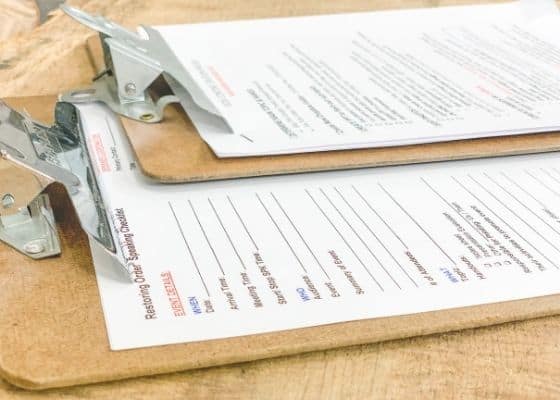
- Content creation checklist – I use this for every video/blog/social asset package I create. This checklist ensures that the hundreds of micro-tasks I am doing come together in one bigger picture. It also ensures I don’t miss any steps!
- Speaking checklist – When I am booked at an event as a professional speaker, I start a new event checklist. This helps me move through each micro-to-towards the greater goal of a slam-dunk event.
As you can see, I have automated my own common to-dos that happen week-in-and-week-out. These checklists provide the task architecture I need to complete my to-dos!
Tasking Best Practices

Finally, I want to give you some insider tips from years of organizing experience that I hope will encourage you….
1. Understand that successful tasking is usually comprised of a constellation of systems – not a single to do list. You may end up with a variety of methods that help you capture and activate your tasks:
a) A master to do list
b) A daily to do sheet
c) An electronic list of future to-dos
d) A white board for family tasks
2. Be sure treat separately To Do items from other related actions:
a) Ideas
b) Tasks to delegate to someone else
c) Short or long-term projects (to learn more about those, see my blog Handling Projects)
3. If you’re constantly tweaking your task system, it doesn’t mean you’re failing – it means you’re adapting to changing life. Good job! Being self-observant about what’s working and what’s not is the key to working systems. (Of course, don’t abandon a system before you give it a chance. A month is a good test-drive.)
4. Be patient to customize: Everyone needs a to-do-system that works for how they are uniquely wired. Give yourself time to overhaul what you’re doing now (if it’s not working), and ongoing time to course-correct until you feel dialed-in. Giving yourself grace will actually open the door to new ideas for tasking.
5. Consider an integrated to-do list. Ensure you’re advancing tasks in each area of life. Because I love my work so much, I admit that I have a tendency to advance work tasks (like writing this blog!) before personal tasks (like making the next acupuncture/dental/naturopath appointment). I have found that the Daily Task List has helped me to be more integrated as I am adding more personal tasks to it than I did the Master Task List.
I am currently experimenting with my own custom task list that includes quadrants for my household, work, health, and spirit so that I actually tackle items in all 4 categories each day, helping me to live a more integrated life. If you find you lean toward workaholism, or – on the other hand – isolation at home, consider an integrated to do list that encourages you to move tasks ahead in every area of life!
Since our macro progress is only moved forward by our micro initiatives, I hope these practical TO DO tips have given you some fresh ideas and helped to take control over your tasks.
Yours in friendship,
Vicki Norris
